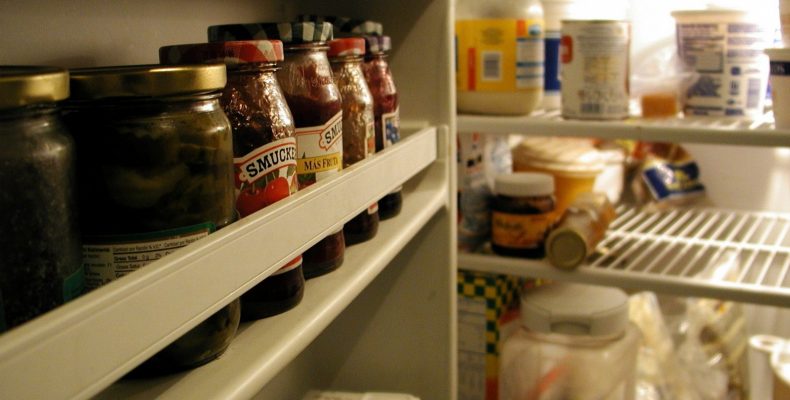Many people have too much clutter. It’s easy to ignore clutter until you have to move. Use these five ideas from this residential moving company for getting rid of stuff before moving to a new house.
1. Consider the Item’s Functionality Over Sentimental Value
When you pick up an item, consider its utility. What does the item do for you? If you do not actually use the item, think about whether it is worth the space that it takes up inside of your home. Do you want to spend time packing and unpacking it and paying to move it? If it only holds sentimental value, remember that your memories are in your mind, not the item.
2. Get Rid of Broken Items
Just about everybody has an appliance, piece of furniture or piece of equipment that is broken and waiting to get fixed. If you haven’t had this item fixed yet, the chances are good that you won’t manage to after you move. Instead of hauling the broken item to your next home, donate it for parts. Post it as a free item on Freecycle or in the free section of your community’s classifieds. The burden of the broken item will be released from your mind.
3. Choose a Charitable Organization
When you look at your clutter, you might see that many things are useful. Close your eyes and picture someone else using them. Think of a young lady wearing the high-heeled shoes at her prom, or a young man going out on his first job interview in that suit that has been in the back of your closet. Think of a person preparing dinner and serving it on those plates, or mixing cookies in the bowl. Choose a charitable organization that sells gently used items. Independent charity shops, as well as national organizations such as the Salvation Army, Volunteers of America and Goodwill, are a few options to consider. If your religious institution or school has an annual sale, donate your clutter to the sale.
4. Sell Items for Cash
Host a yard sale and sell items. You can advertise for free on social media and community yard sale sites. Price your items to sell quickly. Used clothes should be priced at 5 to 10 percent of what you paid. Some things, such as VHS and cassette tapes, cheap plastic toys and misfit oven mitts should go in a “free” box. You could earn enough to pay for dinner at a nice restaurant and a movie on your last night in town.
5. Have a Giveaway Party
Invite your friends and family to come over on packing day or another day just before you move. Get all your stuff out. If it’s embarrassing to show how much stuff you have, feel the discomfort. Consider giving some of those things away to your friends and family at the party. If someone admires that throw pillow or mug, let them have it. You won’t have to move it, and your friend will be able to use it.






